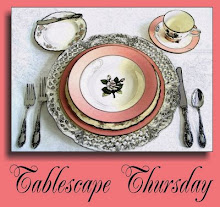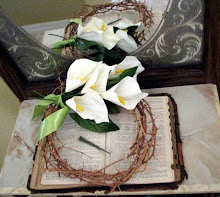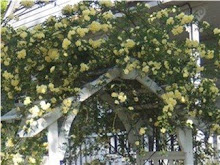EASTER EGG
As Christianity spread, more familiar traditions, symbols and celebrations of spring were associated with Easter - Christ coming back to life after death. One of the oldest spring symbols in the world is the egg. The oval shape of the egg was the same shape for a raindrop and a seed. These two were important life-giving elements. The egg itself promises new life as in spring, birds, and many other animals are hatched from eggs. In fact, the Persians, Hindus and Egyptians believed that the world began with a single egg. In ancient China, Rome and Greece, eggs were given as springtime gifts. In Polland and Russia, hours are spent on drawing intricate designs on Easter eggs. In England, members of the royal families gave each other gold-covered eggs as Easter gifts in the middle ages. The most famous Easter egg decorator was "http://users.vnet.net/schulman/Faberge/bio.html" \l "TOP". He designed eggs from gold, silver and other precious gems for kings of Europe and czars of Russia. These eggs are priceless now and can only be found in museums and private collections. In early America, children decorated their eggs by using dyes made from natural materials like fruit and leave coloring.
"http://www.geocities.com/Paris/Rue/4819/felist.html" "http://users.vnet.net/schulman/Faberge/eggs.html" History and illustrated overview of the eggs
Tuesday
Subscribe to:
Post Comments (Atom)



































No comments:
Post a Comment